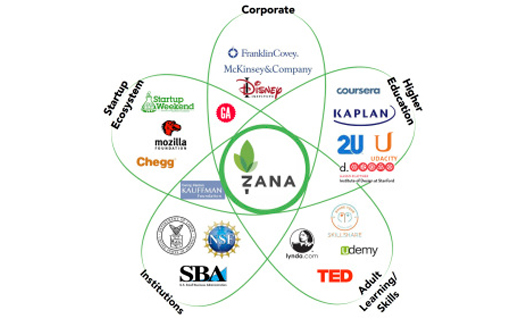How to set your startup apart when pitching to investors

This past Friday, Steve
Blank published a
short and sweet piece suggesting a new way for companies to
explain to investors how they plan to target an entirely new
market.
The old way of pitching a startup idea would involve creating a
classic X/Y graph to reveal how a company differs from
competitors.

If you're
launching in a crowded market, it makes sense to position yourself
along axes within that market. "The X/Y axis competitive analysis
slide is used by existing
companies who plan to enter into
an existing market," he explains. (Blank, for those who
don't read entrepreneurship media much, is a professor of
entrepreneurship at Stanford, and author of The Startup
Owner's Manual, which Wamda contributor Kia Davis
breaks down here).
But if you're trying to create
an entirely new market, which is often the case for companies in
the Middle East, which are often localizing models that have found
traction in other markets, this graph doesn't make sense.
If you're trying to build something entirely new- for example, a
lifelong learning network for entrepreneurs, you can use what Blank
calls the 'petal diagram', one that defines various
adjacent markets that the new entity will draw from. By
filling in your competitors on each petal, but situating your
company in the center, the point is made to investors that the idea
draws from these markets, but is entirely new.

When pitching to investors, startup founders can add the amounts
that have been invested in companies in each of these markets to
make the point to investors that it's a hot space.
But creating the graph is valuable even for those who aren't
pitching to investors, as companies that are using Lean Startup
methodology can draw from each adjacent market to define their
initial target customer segments.
Let us know if you've used the petal graph. For more, read Steve
Blank's
post (which the above graphs are drawn from).
For more on Lean Startup methodology, you might be interested
in:


